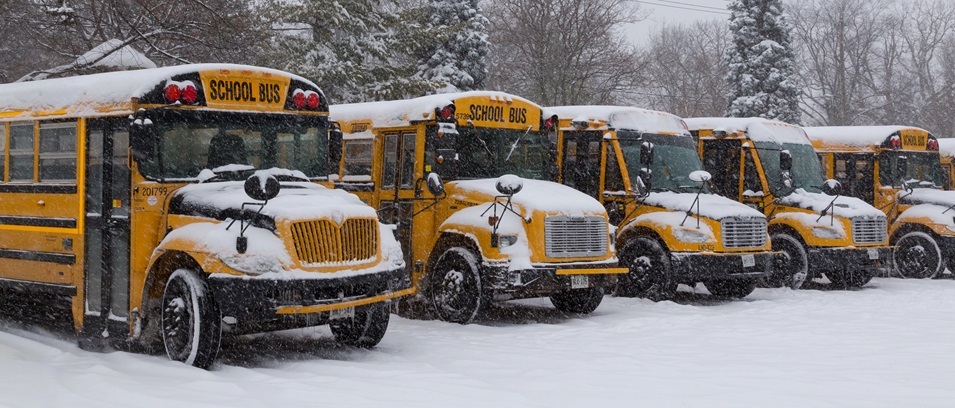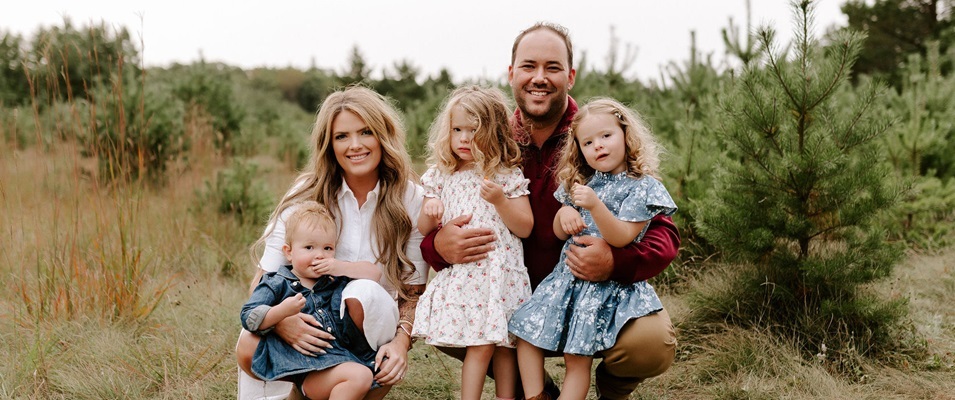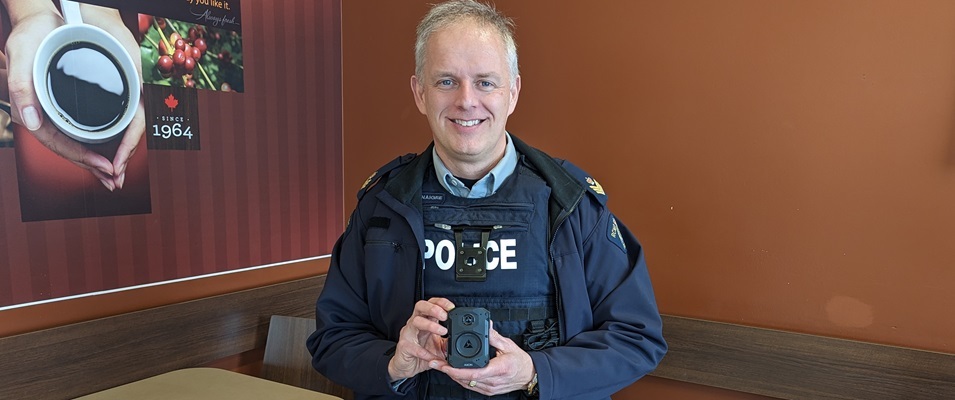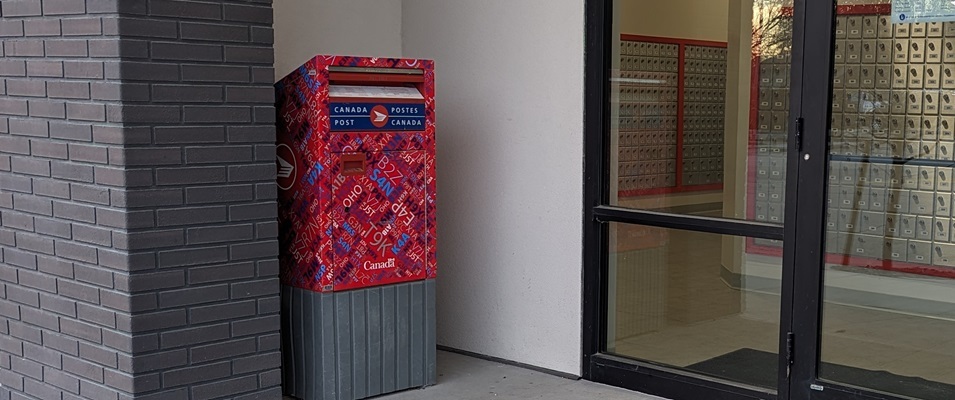
On Tuesday, February 27, Seine River School Division (SRSD) trustees voted in favour of eliminating the Kids at Play (KAP) program for Kindergarten age children as of June 30, 2024.
At the same time, SRSD’s 2024–25 school year will no longer see division-funded bussing for Kindergarten to Grade 4 students living within .8 to 1.6 kilometres of their school. Instead families will be able to opt-in according to a fee-for-service model.
Both the KAP and short-haul bussing initiatives receive no provincial funding. As programs deemed worthy by the SRSD in years past, they’ve been offered to parents at no cost, paid for out of divisional coffers.
These final decisions weren’t made lightly. Instead they resulted from hours of impassioned debate.
Amanda Senkowski, SRSD’s chief financial officer, presented stats to the board regarding the short-haul bussing initiative.
Currently, there are 365 students in the division using the enhanced bussing service at no cost. They represent 300 households in total.
Based on averages, Senkowski said that the approximate cost savings would come to $148,000 if the program were defunded.
If the board should decide to implement a cost recovery program to compensate, a fee of $410 per student would be prudent. Senkowski suggested that another avenue would be to simply charge parents an average cost of $500 per household, regardless of the number of students in that home using the enhanced bus service.
Currently, she says there are only four other school divisions in the province that implement a fee-for-service model for enhanced bussing. Even so, Senkowski recommended to offer this service only to families who can be picked up on the first bus run, thus eliminating second runs where the majority of excess costs are incurred.
“What we’re seeing at schools is, because we’re doing double runs, there’s students that are getting to school quite a bit earlier than school startup,” Senkowski said. “So we’re also seeing an increase in some wages because we’re having staff start earlier to make sure that these children are being supervised.”
Board chairperson Wendy Bloomfield put forward a motion to provide a fee-for-service model of $500 per household, or $50 per month, to parents interested in using this service.
She compared this fee to that of the Louis Riel School Division, where households pay around $700 for the same service.
“This would equate to a potential cost recovery revenue source for SRSD of $150,000,” Bloomfield said. “Whereas SRSD is currently facing significant financial challenges in a potential $5 million deficit, we can no longer continue bussing students at no cost.”
Trustee Robert Rivard provided a counterargument, suggesting that it’s overly optimistic to project a 100 percent buy-in from parents. Realistically, he believed 50 percent would be more likely.
In the end, though, he said that keeping this service active for even half of the students may be enough to require a second bus run. To eliminate the service altogether could be the most cost-effective tactic in the long run.
Two other trustees, Gary Nelson and Warren Reavely, spoke in support of Bloomfield’s motion, suggesting that a one-year trial would provide better insight into the program’s viability.
Put to a vote, the motion to provide fee-for-service short-haul bussing was approved.
Moving into discussion on the KAP program, Senkowski informed the board that the cost to run the program came to $820,500, consisting primarily of salaries and benefits.
At present, the program runs as an adjunct to Kindergarten programming and benefits approximately 350 students in the division.
Bloomfield once again initiated a motion, this time to discontinue it indefinitely unless the provincial government decides to provide full funding.
Trustee Marinus Van Osch jumped in, reviewing the reasons that he hoped the board would not entertain discussion on a fee-for-service option.
“The people that this was put into place for, years back, were the economically disadvantaged,” Van Osch said. “They needed help. It started off with [just a few] schools and then it evolved into doing it across the division. I’m just going to say it because everyone else wants to avoid it. This is a great babysitting service. There’s a whole lot of people who have come right out and said, ‘Where am I going to find daycare?’ That’s not our responsibility.”
To continue to employ educators for the KAP program, he continued, will result in fewer teachers available for Kindergarten to Grade 4, thus increasing class sizes.
Rivard agreed, suggesting that the province has indicated a desire to see SRSD’s deficit dealt with within a three-year period and, in order to do that, staffing cuts may be inevitable.
“The proposal that we talked about was to go to 325 teachers, and that would cause larger class sizes than what we should have,” Rivard said. “To get to 333 teachers, which is a number that’s still less than what we currently have in the division, it would be workable. The only way we can get to that is to cut the KAP program.”
As for parents with kids entering Kindergarten next fall, Rivard said that now would be a good time to ensure that they let their daycare provider know they won’t be opting out in fall.
Nelson interjected, suggesting a third option which he feels makes the most sense: to increase the property tax mill rate and fund the KAP program fully, just as before.
He argued that the KAP program has merit far beyond a babysitting service, as it has been recognized as a valuable jumpstart program for kids entering the school system. In fact, he added, some parents have enrolled their children into SRSD schools specifically because of the KAP program.
“The only viable way to continue this program is to do what we did in the first place,” Nelson said. “We’re going to go to our ratepayers to pay for it. And I have no issue with that. From the first day I ran as a school trustee I said, ‘If you’re voting for me to lower your taxes, vote for somebody else.’”
In answer to the question of how the KAP program would affect the mill rate, Senkowski indicated that a 0.35 percent increase would be needed.
For Van Osch, KAP is only one of many factors that would invariably drive the mill rate higher in the near future.
“In my view, from what I’m reading in the papers nowadays, we will probably come in with one of the highest tax rates,” Van Osch said. “I don’t think that’s acceptable. This financial fiasco is a result of past decisions. Now it’s time to eat crow.”
After calling for a vote to discontinue the KAP program, the motion was carried by the majority.



















